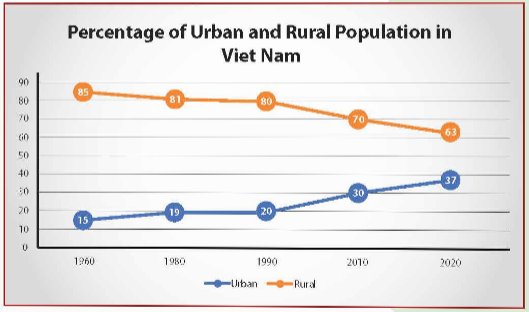Write a proposal for the campaign (150-180 words) to your head teacher. Use the ideas in 1 and the outline with useful expressions below to help you.Title: A SCHOOL CAMPAIGN AGAINST CVBEBRULLYINGTo: __________________Date: ___________________Prepared by: __________________Introduction:- ... has become a common/serious issue nowadays because ...- We would like to proose ...Details about the campaign:- The campaign events! activities will take place in/at ... The campaign will last for ...- ... wi...
Đọc tiếp
Write a proposal for the campaign (150-180 words) to your head teacher. Use the ideas in 1 and the outline with useful expressions below to help you.
Title: A SCHOOL CAMPAIGN AGAINST CVBEBRULLYING
To: __________________
Date: ___________________
Prepared by: __________________
Introduction:
- ... has become a common/serious issue nowadays because ...
- We would like to proose ...
Details about the campaign:
- The campaign events! activities will take place in/at ... The campaign will last for ...
- ... will partticipate in ...
- The campaign will target ...
- The main events/activities will iclude ...
Goals and benefits of the campaign:
- (The campaign) aims at .../ doing ...
- (The campaign) will allow (students, teenagers) to do ...
Conclusion:
We hope that you will consider our proposal ...






















